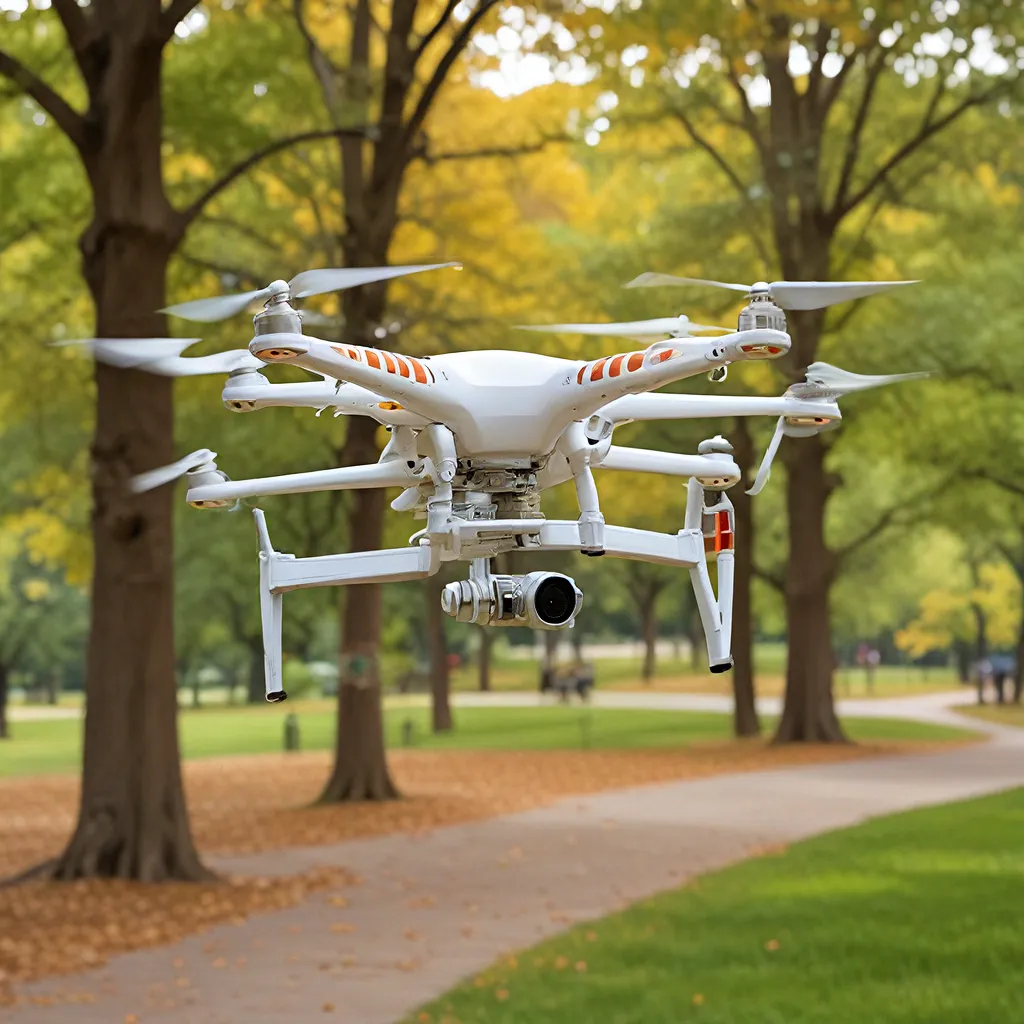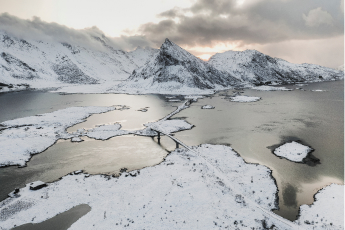
As someone who loves the great outdoors, I’m always searching for new ways to explore and appreciate the natural beauty of our state parks. Recently, I’ve been intrigued by the idea of using drones to capture stunning aerial footage during my adventures. But as I delved deeper into the topic, I realized there’s a lot more to consider when it comes to drone use in parks.
The Delicate Balance of Parks
Parks are truly special places – they’re sanctuaries where we can escape the hustle and bustle of everyday life and reconnect with nature. But maintaining that serene, natural environment is a constant challenge for park managers. They have to carefully balance the recreational needs of visitors with the imperative to protect the fragile ecosystems and wildlife within.
It’s a tricky tightrope to walk. On one hand, state parks are meant to be enjoyed by the public. We want people to come and experience the tranquility of the outdoors, to hike the trails, paddle the waterways, and make lasting memories with loved ones. But on the other hand, these natural areas are incredibly delicate, and even small disturbances can have a big impact.
As the Pennsylvania Department of Conservation and Natural Resources points out, “a few inconsiderate people can damage precious park resources.” Things like littering, unauthorized off-road driving, and even just too many visitors in one area can degrade the landscape, disrupt wildlife, and make it harder for parks to fulfill their mission of conservation.
The Rise of Drones
And now, we have to factor in the growing popularity of drones. These aerial robots have become increasingly affordable and accessible, making them a tempting tool for park visitors who want to capture amazing aerial footage. But their use also presents some unique challenges.
As the New South Wales National Parks and Wildlife Service explains, drones can “impact visitors and disturb native animals.” The buzzing sound and hovering presence of a drone can be disruptive, especially in areas where people are seeking solitude or tranquility. And for sensitive wildlife, a drone may be perceived as a potential predator, causing them to abandon nests or avoid otherwise suitable habitats.
There’s also the risk of drones interfering with other park operations, like firefighting efforts or search and rescue missions. Park managers have to be able to use drones safely and responsibly for their own management and research purposes, without having to worry about rogue drones causing problems.
Navigating the Rules
So, how do we strike the right balance? Different parks and regions have taken different approaches, but the underlying goal is the same: to protect the natural resources while still allowing visitors to enjoy them.
In Florida, for example, the state parks generally prohibit the launching or landing of drones, with a few rare exceptions. The main reason is the preservation of natural resources – they’ve observed that nesting birds tend to view drones as potential predators and may abandon their nests if drones are a regular presence.
On the other hand, Pennsylvania’s state parks allow visitors to bring and use their own drones, as long as they follow the general rules and regulations. The key is to ensure that drone use doesn’t disrupt the experience of other visitors or cause harm to the environment.
Ultimately, each park has to assess its unique circumstances and decide on the best approach. Some may completely ban drones, while others might permit them in designated areas or with prior approval. The goal is to strike a balance that protects the park’s natural and cultural resources while still allowing visitors to enjoy the great outdoors in a responsible way.
Getting Creative with Drones
Now, I know what you’re thinking: “But wait, if drones are so problematic, why would parks even allow them at all?” It’s a fair question, and the answer lies in the potential benefits of drone technology.
As the New South Wales National Parks and Wildlife Service points out, drones can be a valuable tool for park management and research. They can be used for surveying and monitoring natural areas, tracking wildlife, assessing the impacts of natural disasters, and even aiding in search and rescue operations.
So, while parks may have to be very cautious about allowing recreational drone use, they can still leverage the technology for their own important work. It’s all about finding the right balance and setting clear guidelines to ensure that drones are used in a way that supports the park’s mission, not undermines it.
Responsible Drone Use in Parks
Of course, as a drone enthusiast, I can’t help but wonder how I can enjoy this technology in parks without causing problems. The key, I’ve learned, is to be a responsible and considerate drone operator.
That means understanding and following all the park’s rules and regulations around drone use. It might mean only flying in designated areas, getting prior approval, or even completely avoiding certain parks that have stricter policies. It also means being mindful of other visitors and wildlife, and never using the drone in a way that could disturb them.
And you know what? I think that’s a small price to pay to be able to capture those breathtaking aerial shots while still respecting the delicate balance of our state parks. After all, these places belong to all of us, and we have a responsibility to be good stewards.
The Future of Drones in Parks
As drone technology continues to evolve, I can’t help but wonder what the future of drone use in parks might look like. Will we see more parks embrace the technology and find creative ways to incorporate it? Or will the challenges and risks ultimately lead to more widespread bans?
Personally, I’m hopeful that we can find a way to strike the right balance. Drones have so much potential to enhance our understanding and appreciation of these natural spaces, but we have to make sure we’re using them in a way that protects the very things that make parks so special.
It’s an ongoing conversation, and one that I’m excited to be a part of. I encourage all park visitors, whether they’re drone enthusiasts or not, to stay informed, be responsible, and work together to ensure that our state parks remain the treasures we all know and love. After all, the future of these spaces is in our hands.
And who knows – maybe someday, I’ll be able to capture the perfect drone shot of a breathtaking sunset over a serene lake, all while respecting the delicate balance of the park around me. A person can dream, right? Until then, I’ll keep exploring and experimenting with my drone, always with the utmost care and consideration for the natural world.











